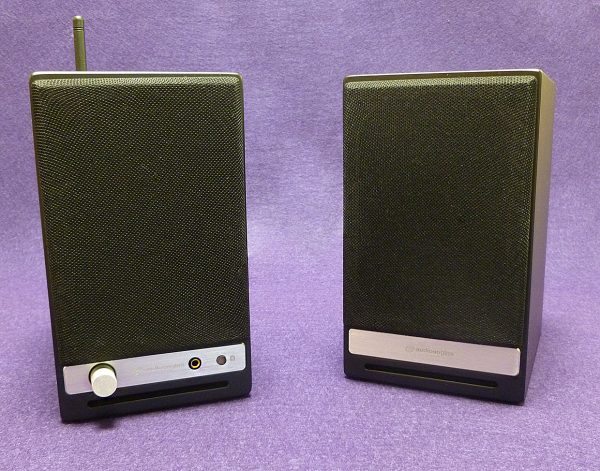
When people choose speakers, they often think size and price should dictate what’s best. That kind of thinking is false. The most important factor in buying a speaker is, “How is it going to be used?” When I reviewed the Audioengine HD6 wireless speakers, I said that “Once again, Audioengine has made a pair of speakers that should thrill the buyer and continually amaze with killer audio”. While that’s still true about the HD6 speakers, the newer and smaller Audioengine HD3 wireless speakers are even better—at almost half the price. How can that be?
The Audioengine HD6 speakers were and still are a big upgrade to their wonderful Audioengine A5+ speakers in looks, sound and features. The HD6’s loud, clean audio is hard to beat and the speakers are quite good at filling a room with great audio. But place them on a computer desk as personal speakers and they can become a bit much. This is where the HD3 speakers come in.
The area around a computer desk is known as near-field listening. That simply means that the optimum listening area is where you sit—right in front of the monitor. When placed on both sides of a desktop monitor, the HD3’s have the right sound signature, size, volume and good looks that make them almost perfect computer speakers. Sure, the HD3s can fill a small room with good sound, but the HD6 speakers are better suited for that. That’s what they are designed for. Again, the right speaker to buy is determined by its main use.
The HD3 speakers are slightly larger and heavier then Audioengine’s A2+ speakers. But the sound quality is in another league. Like other Audionengine speakers, the HD3s sound bigger than they are. I have no idea how they do it, but who cares? All I know is that I can play them loud without regretting it.
The HD3s have real wood veneers—Cherry or Walnut—as well as a Satin Black finish to choose from. I received the black model for reviewing. It doesn’t quite have the rich, retro look of the wood versions, but black may be a better match next to many computers. Along with the HD6 speakers, the HD3s look like speakers did from the 70s-80s—a compliment. Also like the HD6 speakers, the HD3s have magnetic, removable grills. Whether the speakers look better with or without grills is a matter of preference. I prefer the grill look. There is a 2.75″ Kevlar woofer and a 3/4” silk dome tweeter per speaker box along with bass ports slotted along the front bottom. No matter how I tried, I could not distort the HD3 speakers even at full volume. Granted, they could never reach the volume level of the HD6 speakers but then again, the HD3s were made for close listening so the volume levels were plenty loud for their use.
An aluminum accent panel on the bottom front of the left speaker panel contains a volume knob, headphone jack and Bluetooth pairing button. The bottom of each speaker has non-slip rubber padding to prevent unwanted vibrations. There’s are threaded brass inserts to secure the HD3s to floor stands, but the desktop is a better place for speakers this size.
The build quality is first rate and the speakers come with a 3-yer warranty. No surprise there. Each speaker and all wiring are packaged in microfiber drawstring bags. Audioengine didn’t have to do this, but it shows a nice attention to detail. There is no remote included (the HD6 speakers come with a remote). It’s okay because I never used the HD6 remote all that much.
One of the more noticeable upgrades with the HD3 speakers is aptX extended range Bluetooth that goes well beyond the normal 33 ft. range, making the HD3s more functional and easier to live with. Even though Apple’s iPhone and iPads don’t support aptX, Macs, PCs and Android devices do. However, Apple’s iDevices support AAC Bluetooth, which sounds as good as aptX to my ears.
Along with Bluetooth, there are wired AUX, RCA analog and USB inputs. Note: The USB connection bypasses the Mac/PC digital audio converter (DAC) in favor of Audioengine’s superior built-in DAC making it the best sounding audio connection over any of the wireless choices. Unfortunately, there is no superior Toslink (optical) input, as there is on the HD6 speakers. I miss that.
Audioengine has included what it calls a full-range variable output. This allows the HD3 speakers to be connected to other speakers, Audioengine’s wireless system or even a subwoofer. Although the HD3’s bass is plenty potent, an additional subwoofer would be a nice addition.
The left HD3 speaker contains all the guts to the system—DAC, amplifier, audio inputs/outputs, power connection and a Bluetooth antenna. The built-in amp is a traditional class A/B analog monoblock design pumping out 30 watts of peak power per channel for a total of 60 watts peak. Due to the small design, an external heatsink was not necessary as on the HD6 speakers. There’s a separate headphone amp that powers the front AUX port. The advantage of this setup is that since the built-in HD3 DAC is much better than a Mac/PC DAC, headphones will sound better when plugged into the HD3 rather than the computer directly. The right speaker is passive (and much less heavy) and gets its signal wired directly from the left speaker.
As I said earlier, the HD3 speakers are almost perfect for desktop use. While sitting at the computer, I tried various genres of music from different sources (iPhone Bluetooth, iMac with USB/Bluetooth, and also the FiiO X1 2nd Gen Hi Res digital music player (DAP-to be reviewed soon) which now includes Bluetooth.
What became immediately noticeable was that the USB connection gives the music a wider soundstage, making stereo seem more spread out. Switching to my iMac’s headphone jack resulted in music sounding more narrow and compressed. Heck, Bluetooth even sounded a bit more open than the iMac’s crappy headphone jack connection. The bottom line is that USB is the preferred connection if the HD3 speakers are close enough to be hardwired to the Mac/PC. The USB cord was almost too short to connect the iMac to the left speaker. If you have a larger-sized desk, this could be an issue.
Johnny Mathis’ version of the West Side Story classic song, “Maria” had remarkable detail, considering the song was recorded in 1960. The bass was amazing despite the small size of the HD3 speakers. As I walked around my large studio, the sound became more distant and took on a background quality. I didn’t get this dropoff from the larger and more powerful HD6 speakers. Not a surprise, but once I sat back down, the audio became almost magical again. I know that reads like a bunch of malarkey, but it’s true. These speakers sound freaking great up close as opposed to the HD6 speaker which could be simply overpowering so close.
“Mandolin Wind” by Rod Stewart is a song that never gets old. His gravelly voice is a perfect compliment to the sweet steel guitar and mandolin played throughout. When played using USB, the song had both breadth and depth (bad rhyme). The stereo spread was excellent without sounding processed or forced. Things closed in a bit when switching to the iMac’s headphone jack and iPhone’s Bluetooth. The volume also suffered a bit when not using USB. While the song still sounded good, the USB connection helped it sound great.
I listened to “The Rip” by Portishead using the new FiiO X1 2nd Gen DAP. While Bluetooth pairing it to the HD3 was not as intuitive as it could have been (FiiO’s fault, not Audioengine) the audio quality was quite good from FiiO’s newer Bluetooth 4.0 codec. There’s a lot of bass later in the song and it didn’t become muddled or boomy—even over Bluetooth. What a pleasant surprise. The HD3s even reproduced a subtle bass vibrating tone in the song that often gets lost using other speakers.
If you judge a speaker by how it is to be used (and you should), then Audioengine’s HD3 wireless speakers are about as perfect as you can get.
Source: The sample for this review was provided by Audioengine. Please visit their site for more information and Amazon to price check/order.
Audioengine A2-HD (HD3) Wireless Bluetooth PC and Computer Desktop Speakers with aptX HD - USB, RCA, Headphone Compatible
$359.00 (as of December 3, 2025 03:21 GMT -05:00 - More infoProduct prices and availability are accurate as of the date/time indicated and are subject to change. Any price and availability information displayed on [relevant Amazon Site(s), as applicable] at the time of purchase will apply to the purchase of this product.)Audioengine W3 Wireless Subwoofer Kit - Transmitter and Receiver Pre-Paired Streaming Audio Adapter
$149.00 (as of December 3, 2025 03:21 GMT -05:00 - More infoProduct prices and availability are accurate as of the date/time indicated and are subject to change. Any price and availability information displayed on [relevant Amazon Site(s), as applicable] at the time of purchase will apply to the purchase of this product.)Product Information
| Price: | $399.00 US |
| Manufacturer: | Audioengine |
| Retailer: | Amazon |
| Pros: |
|
| Cons: |
|


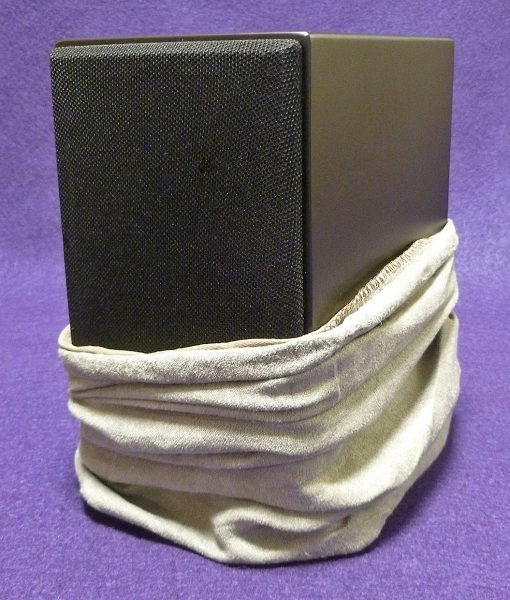
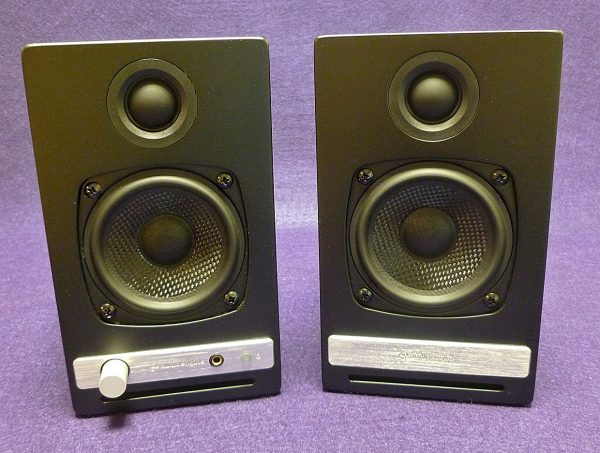
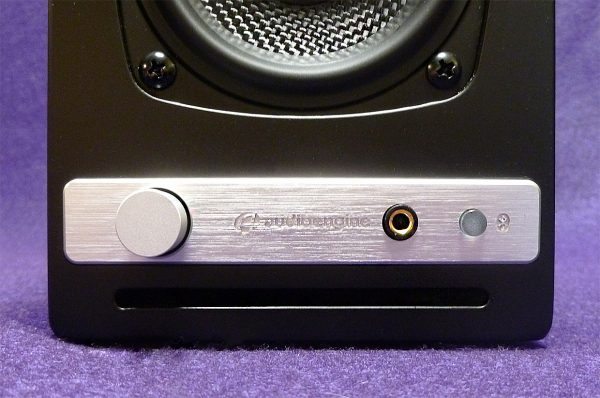
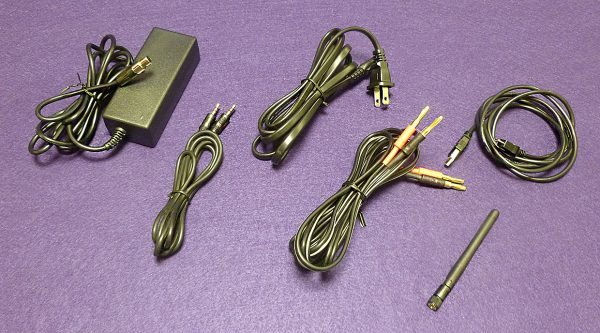
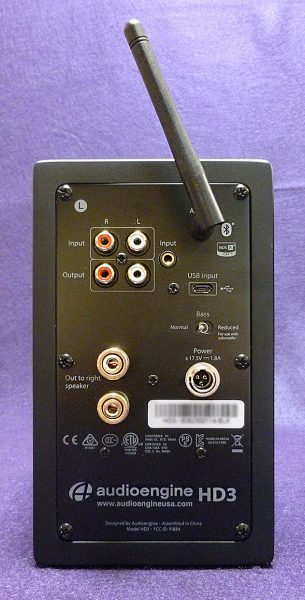
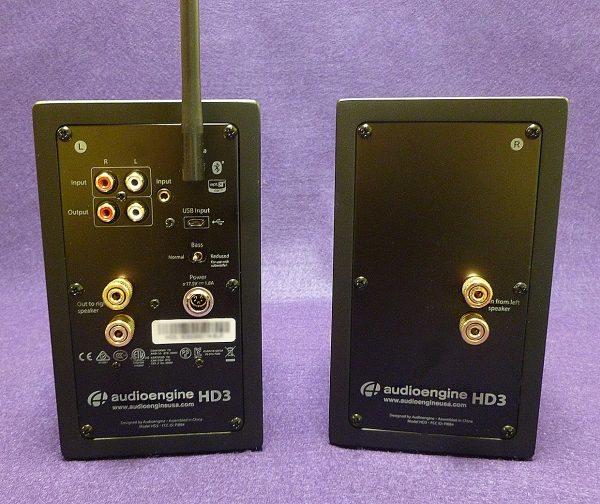
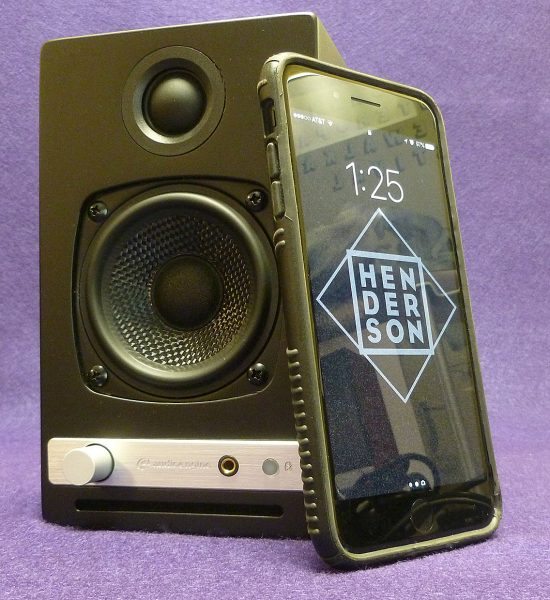


Gadgeteer Comment Policy - Please read before commenting
You say that it’s “almost” perfect, but you don’t say specifically what imperfections you found. Is it that there’s no TOSlink connection? Or that the USB cord is short? Or what?
Correct. Those two additions would make for a “perfect” speaker setup. However there are no absolutely perfect speakers but some come close. I probably should have qualified that statement.
Thanks.
Great review!
How does this compare with Thonet and Vander Kürbis Bt that you also reviewed? The price difference is quite huge at where I live, HD3 almost cost triple to the KurbisBt. Are the audio quality that much different between the two?
Like your premise of what’s it’s going to be used for. iMac to hd3 through usb takes up a port but worth it if it makes a difference. Was there a quality difference between usb and 3.5 connection? (Own the hd6 and like them.) How would hd3 sound compare with dragonfly red dac in apples to apples comparison? Thanks in advance